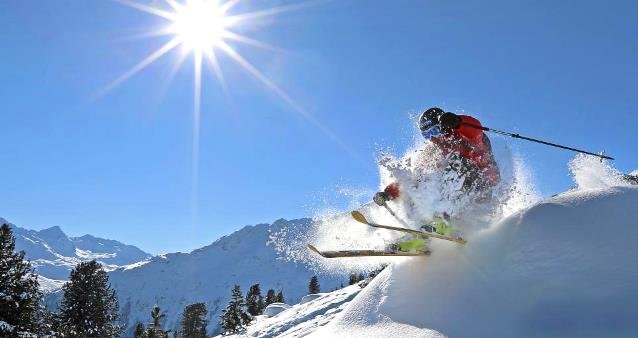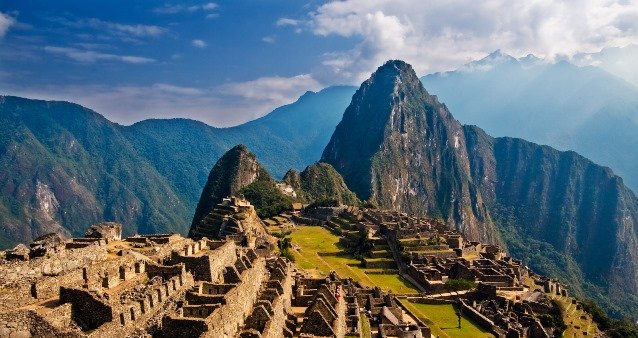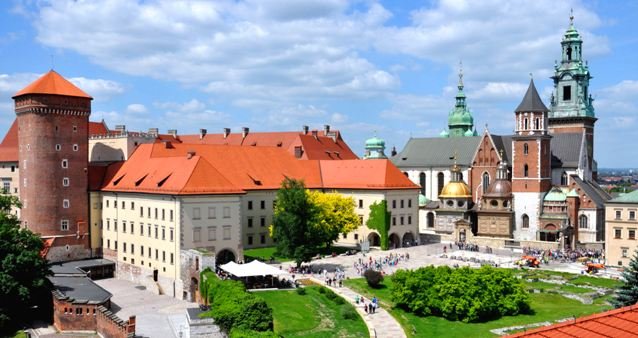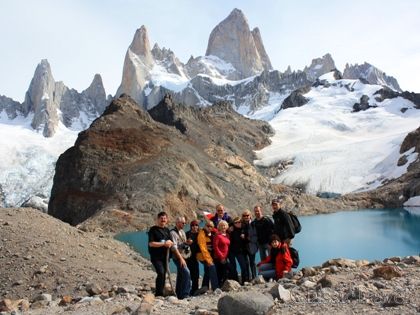Upcoming Guided Group Trips
See All Group TripsClassic Ski Austria - Kitzbuhel
Join us on our annual Alps Ski Trip - this time to Austria!
Kitzbühel is one of the most famous and exclusive ski resorts in the world. It is frequented primarily by the international high society and has the most expensive real estate in Austria.
Patagonia Trekking
Fitz Roy & Torres del Paine
We will pass through Argentina as a tourist, visiting Buenos Aires, where we will watch a tango show. We will fly to El Calafate in southern Patagonia to see the Perito Moreno glacier. The next two days will consist of driving and trekking under the soaring peaks of Fitz Roy and Cerro Torre. A car safari will take us through Argentinian Patagonia to the border with Chile and then to Puerto Natales. From here we will begin a 4-day trek through Torres del Paine Park surrounded by some of the most beautiful landscapes on Earth. Before returning, we will visit the oldest city in Patagonia, Punta Arenas, and Santiago de Chile. We invite you to this expedition for health and fitness!
Search for Trips
Hot Deals
View allBlog
View allPRESIDENT OF PERU AWARDS JERZY “YUREK” MAJCHERCZYK “FOR OUTSTANDING MERITS” FOR PERU
On November 21 of this year during a ceremony at the Peruvian Residence in Warsaw, the Ambassador of Peru in Poland, Mr. Alberto Salas Barahona, awarded the order "For Outstanding Merits" in the rank of Commander to Mr. Jerzy Majcherczyk, an outstanding expert on Peru and discoverer, awarded by His Excellency the President of the Republic, Martina Alberto Vizcarra Cornejo, by virtue of the Supreme Resolution No. 148-RE-2018, in recognition of his valuable professional and social work in Peru and the contribution to the dissemination of knowledge about the natural richness of Peru.
Read moreFrom Poland to Peru and Around the World
From Poland to Peru and Around the World, you are invited to travel with Classic Travel by YUREK Majcherczyk.
Read more







